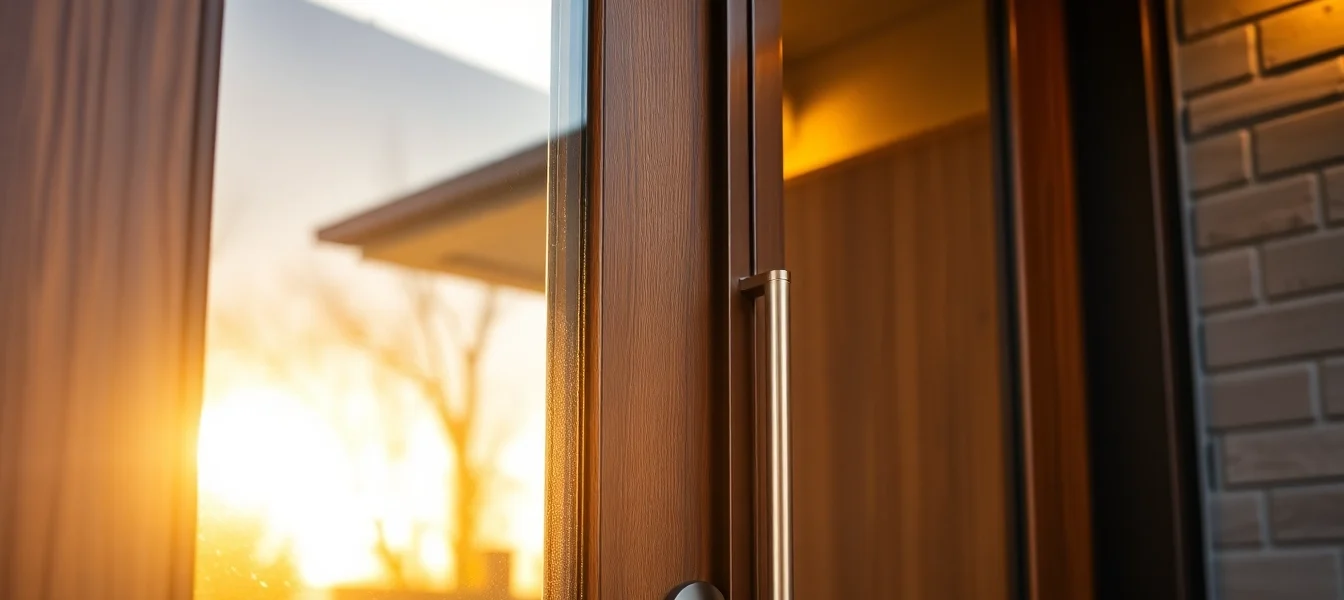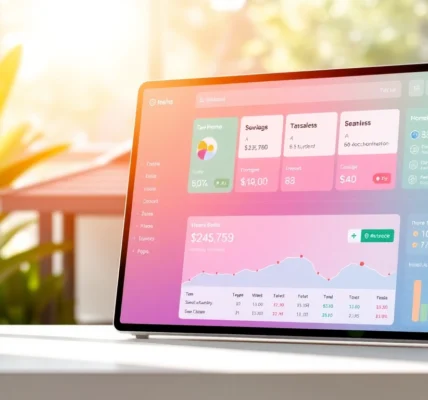Upgrading your exterior entry is a strategic move that touches curb appeal, security, and daily comfort. In Indianapolis, the right front door can dramatically improve energy performance and home value while reflecting your style. If you’re researching options, consider the comprehensive guide to front door replacement front door replacement to learn how to choose the best fit for your home.
Understanding Front Door Replacement: Why It Matters
Key benefits: curb appeal, security, and energy efficiency
A new front door creates immediate visual impact and communicates the character of your home. Beyond aesthetics, modern exterior doors incorporate robust locking systems, reinforced frames, and weather-resistant hardware that deter intruders. Energy efficiency matters too: well-insulated cores, low-E glass, and tight weather sealing reduce heat loss in winter and heat gain in summer, lowering utility bills over time. These benefits translate to increased resale appeal and a more comfortable living environment year-round.
Assessing style and architectural fit for front door replacement
Match the door to your home’s architecture—modern homes benefit from clean lines and expansive glass; traditional styles thrive with divided-light windows or craftsman-inspired panels; farmhouse entries often feature bold geometries and sturdy hardware. Measure door openings carefully, consider sidelights or transoms, and ensure the door’s scale harmonizes with the facade. For retrofit projects, plan for proper pre-hanging and threshold adjustments to preserve alignment with flooring and weather seals.
Timing, budget, and planning considerations for front door replacement
Plan for an entry door replacement project in stages: assessment, selection, installation, and final adjustments. Budget broadly for the door material, hardware, glass choices, and professional installation. Factor in seasonal scheduling—spring and fall are ideal for door work due to moderate temperatures and moisture control. Allow for potential minor flooring or trim work if the existing frame requires reinforcement. A precise on-site measurement and a detailed quote help prevent scope creep and ensure predictable results.
Exterior Door Options: Styles, Materials, and Configurations
Popular exterior door styles: modern, traditional, farmhouse
Modern doors emphasize minimalism, large glass panels, and slim frames for maximum light. Traditional doors feature raised panels, decorative glass, and decorative hardware that echo classic aesthetics. Farmhouse entries combine warmth and sturdiness with bold profiles and practical weather sealing. Each style offers distinctive hardware options, glass treatments, and configuration possibilities (single, double, or triple panels) to fit your home’s personality and structural constraints.
Materials comparison: wood, fiberglass, steel, and composites
Wood doors deliver timeless beauty and customization but require regular maintenance to resist weathering. Fiberglass doors balance durability and energy efficiency, with realistic wood-grain finishes that resist warping. Steel doors provide exceptional security and lower maintenance, though they can show dents more easily. Composite doors blend materials to maximize insulation and stability. When selecting a door, weigh maintenance expectations, climate exposure, and security needs against upfront cost and long-term value.
Hardware, finishes, and weather sealing for exterior doors
Hardware choices range from lever and deadbolt combinations to multipoint locking systems and smart locks. Finishes—painted, stained, or factory-finished—affect durability and upkeep. Weather sealing includes door sweeps, door bottoms, and weatherstripping materials designed to minimize drafts. A well-sealed door helps manage energy efficiency and reduces wear on interior finishes by maintaining a consistent indoor environment.
The 4-Step Front Door Replacement Process
Step 1: In-home measurement and consultation
Professionals begin with precise measurements of the door opening, reveals, and hinge placement. They assess moisture conditions, load-bearing requirements, and architectural compatibility. This stage also includes discussing goals for security, energy performance, and stylistic preferences, ensuring the selection aligns with your budget and timeline.
Step 2: Custom door selection and configuration
With measurements in hand, you choose the door material, panel design, glass type, and hardware. Options may include sidelights or transoms, mulled configurations, and color or stain choices. A detailed configuration plan helps you visualize the final result and informs the installation team what to expect during mounting and fitment.
Step 3: Professional installation and final sealing
Qualified installers remove the old door, prepare the frame, and install the new unit with precise alignment to ensure smooth operation. They apply high-quality caulk or sealant, adjust hardware, test the locking mechanism, and verify weather sealing at all points of contact. A final inspection confirms door swing, seal tightness, and overall performance before leaving the site.
Customization Options for Your Front Door Replacement
Color, glass, and panel configurations
Color choices range from classic woods and whites to bold statement hues. Glass selections include clear, low-E, insulated, or decorative patterns that affect light transmission and privacy. Panel configurations—from single flat panels to multiple raised sections—contribute to the door’s character and curb appeal. Customization lets you tailor the entry to reflect your home’s era and your personal taste.
Security upgrades and smart hardware considerations
Consider multipoint locking systems, reinforced strike plates, and impact-rated glazing for enhanced security. Smart hardware options enable remote locking, access logs, and integration with home automation platforms. For properties in high-traffic areas or with valuable interiors, these upgrades offer peace of mind without compromising aesthetics.
Energy efficiency features and insulation upgrades
Choose foam-filled cores, low-emissivity (low-E) glass, and high-performance weather seals to minimize air leakage. Insulated cores and precision gaskets reduce thermal bridging, delivering meaningful savings in heating and cooling. A door with superior insulation contributes to consistent indoor temperatures and improved comfort during seasonal transitions.
Find a Trusted Expert in Indianapolis for Front Door Replacement
Questions to ask during the evaluation and quote
- What is the estimated door-alignment timeline and lead time for materials?
- Which materials offer the best balance of maintenance and durability in Indiana climates?
- How does the installation plan address existing trim, flooring, and moisture concerns?
Installation dos and don’ts and maintenance tips
- Do schedule a final weather seal check after installation to ensure tightness against drafts.
- Don’t neglect routine hardware lubrication and hinge alignment to maintain smooth operation.
- Do consider seasonal refinishing or sealing for wood doors to preserve beauty and longevity.
What sets Modern Day Window and Door apart in Indiana
With a reputation for reliability, Modern Day Window and Door emphasizes a transparent, data-driven process that guides homeowners from selection to installation. Their 4-step approach reduces uncertainty, while a focus on quality materials and precise craftsmanship delivers lasting performance in the Indianapolis climate.


